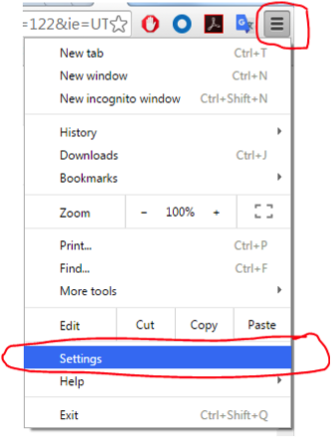

Head to the main app menu (the button with three lines in the top right), then choose Customize to change the buttons and shortcuts available in Firefox. Customize Mozilla Firefox Too many shortcuts? Drop ’em in Firefox’s Overflow Menu.

You can also right-click on a toolbar icon to choose where it appears (and to completely remove the extension from your browser). If your things start to get too crowded, drag the right-hand edge of the address and search bar further to the right-any shortcuts that get pushed out will be added to the top of the main Chrome menu, so you’ll still be able to get to them. Sometimes, you’ll be able to add an extension to the toolbar by toggling it off and on again on the same screen.Ĭhrome also lets you drag icons around on the toolbar to reposition them. Just choose More Tools and Extensions from the main Chrome menu, then dive into the individual options for each extension. You can select which extensions and add-ons get shortcuts on the toolbar, though. Another appearance customization is directly underneath-a toggle switch that lets you choose whether or not a “home” button appears on the toolbar.īeyond the extensive selection of themes, however, there are only a few other customization options in terms of how Chrome looks. Next to the Themes link on the Settings tab you’ll find a Reset to default button that will revert Chrome to its original look and remove the theme you’ve got installed. You’ll find a host of them-from a simple cool blue look to more elaborate designs based on space imagery-all made by other Chrome users and Google itself. Play around with Chrome’s appearance by opening the browser’s menu (the three vertical dots in the top right) and choosing Settings, then Themes. Customize Google Chrome Even something as simple as a color change can be refreshing. Whether you want easier access to a much-used browser extension, or you’ve gotten tired of your browser’s default colors, you can tweak the individual interfaces of Google Chrome, Mozilla Firefox, Apple’s Safari, and Microsoft Edge in numerous ways.

Each popular browser actually offers fairly extensive customization options you should really be taking advantage of. If you have a lot of bookmarks in Chrome which sync across devices or rely heavily on Google apps (which tend to work better in Chrome than Safari or Firefox) it looks like you're in for a bumpy ride.You probably use your web browser daily for both work and play, but you don’t have to just accept your window onto the web as it was when you first installed it. For macOS users, however, it looks like you're going to have to find another browser until Apple and Google work this out. Apple may yet discover the flaw is within its own software, but the response sets up a potential stand-off with Google about this issue, which is unlikely to result in a speedy conclusion.
Google toolbar for mac chrome driver#
The response conflicts with the statements from Google Chrome engineers (below) which placed the blame squarely on Apple (a faulty graphics card driver was thought to be a potential cause). The flaw is spectacular with graphics shattering into a mass of horizontal blue lines (see examples below) but, understandably, many users are angry.Ġ6/13 Update: Apple has responded to me saying it has no information on this problem but has promised to keep me in the loop should this change. Picked up by excellent investigative tech site PiunikaWeb, Google has confirmed that Google Chrome is suffering from severe graphical glitches on macOS (and MacBooks, in particular) with many of the web’s most popular sites refusing to render.


 0 kommentar(er)
0 kommentar(er)
